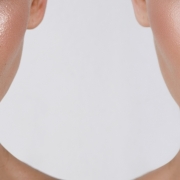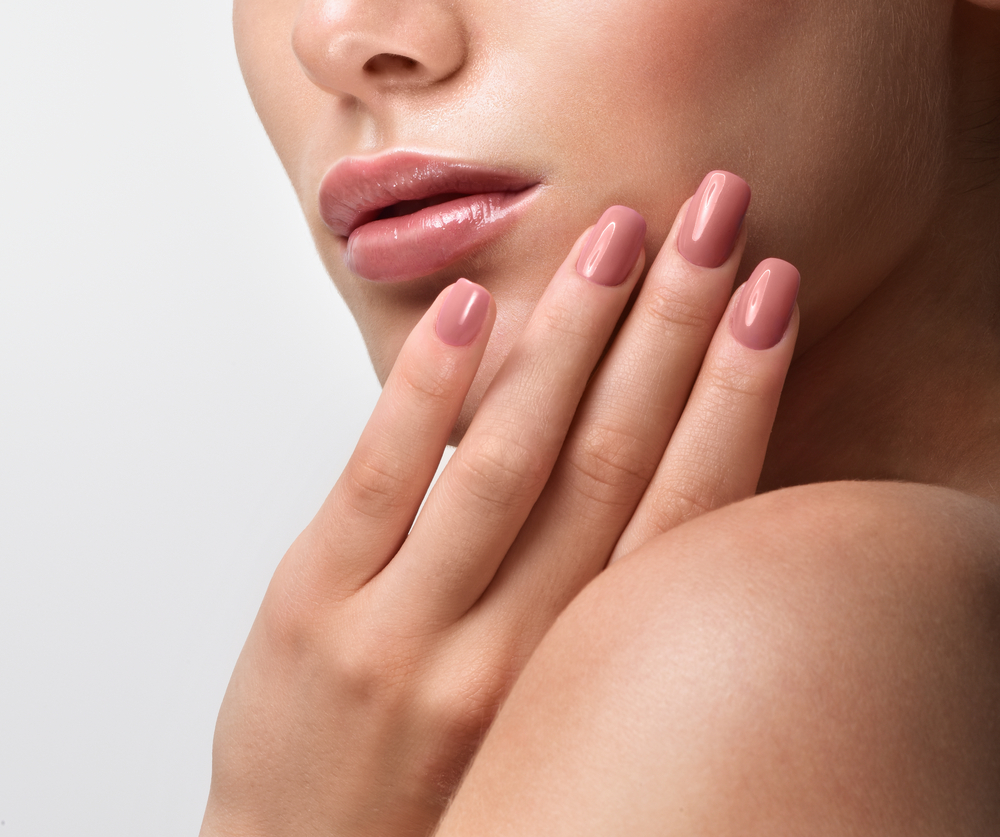Combination skin vs oily skin: Which type is your skin?
With the weather warming up now summer is finally underway, you may well have noticed a change in your skin. Perhaps it’s looking and feeling a little more oily than usual, with dry areas even? Or maybe you’re experiencing a constant shiny complexion which let’s face it is far from desirable. Unfortunately with a rise in temperature and humidity, comes an increase in our skin’s sebum production (the oil secreted by the glands in the skin) so it’s then that we might all of a sudden self-diagnose our skin as oily, when in fact it might be a combination complexion you actually have? Many of us do find it hard to tell these two skin conditions apart, after all they do share certain similarities, but oily and combination skin are in fact two very different skin conditions and therefore need to be treated in different ways.
So if you think you are one of many dealing with either oily or combination skin, we are here to tell you the difference between the two, and exactly which skin type it is you have.
What is combination skin?
If you have combination skin, you do indeed suffer from oily areas on your face, but this tends to be concentrated to your T-zone (forehead, nose and chin) while your cheeks remain normal or dry. That said, your skin can also be oily and dry in different areas, or your might have noticed your pores are enlarged, or you’re experiencing some signs of sensitivity. With that said if you’ve noticed you have two or more skin issues occurring at the same time, it’s a sign you have combination skin.
What is oily skin?
On the other hand, oily skin is skin that is shiny (or greasy) all over the face, although those with oily skin may also notice a prominence along their T-zone, where they may be more prone to pimples. People with oily skin often struggle with large pores too which can get easily clogged with sweat and oils, this is why oily skin had a tendency to breakout where pores are more prominent such as the cheeks and T-zone. Another way to determine that you have an oily skin type is that shortly after cleansing, oil will return!
After cleansing, oily skin will feel clean and oil-free, almost the only time it feels that way. Shortly after cleansing, oil will return.
What are the best products for oily and combination skin?
Want to know which products are best suited to your oily skin? Click here.
Combination skin? This is how to manage it.



